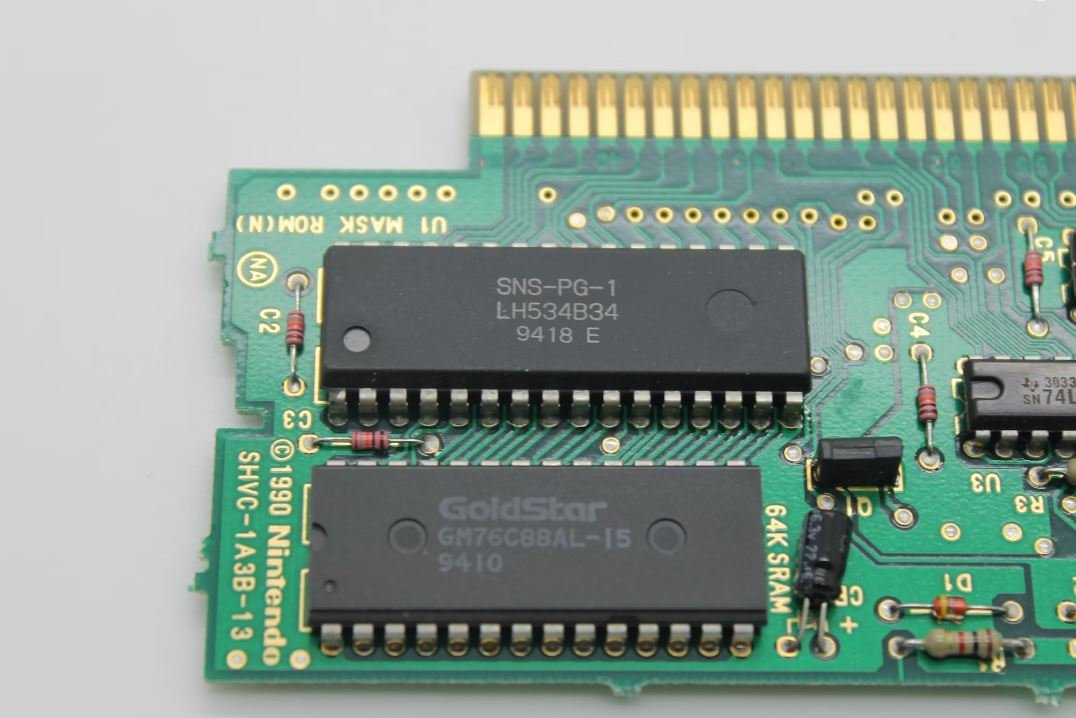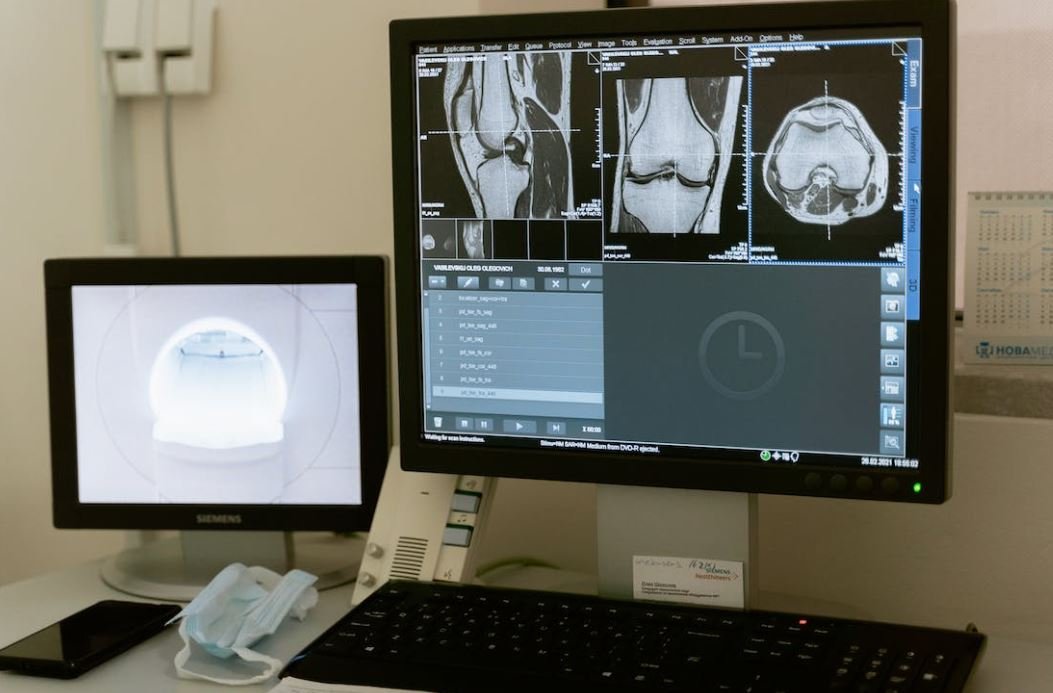Hugging Face Zero Shot Classification
Are you familiar with Hugging Face‘s Zero Shot Classification? This innovative natural language processing (NLP) model allows you to classify text into different categories without the need for any training examples. It leverages pre-trained models and allows you to generate predictions for tasks you haven’t specifically trained on. Let’s explore this powerful technique and its applications in the world of NLP.
Key Takeaways
- Hugging Face’s Zero Shot Classification allows text classification without training examples.
- It is based on leveraging pre-trained models.
- Zero Shot Classification enables predictions for tasks not explicitly trained on.
Using the Hugging Face Zero Shot Classification, you can classify text into predefined categories without any prior training. This approach is based on unsupervised learning and deep neural networks. By leveraging pre-trained models, the system can provide accurate predictions even on tasks it hasn’t seen before.
One fascinating aspect of Zero Shot Classification is the ability to perform classification without specific training data. Traditional machine learning models require labeled examples for each class they need to classify. However, with this technique, you can classify text into multiple categories without fine-tuning the model for each specific class.
To illustrate the power of Zero Shot Classification, consider the scenario where you have a pre-trained model that has never seen any data related to oceans and marine life. By providing the model with a description of, say, a shark, it can accurately classify the text into categories like “marine biology” or “ocean ecosystems” without any task-specific training.
Applications of Zero Shot Classification
The applications of Hugging Face‘s Zero Shot Classification are wide-ranging and versatile:
- Text categorization for social media posts or news articles.
- Sentiment analysis of customer reviews.
- Automatic tagging of images based on their descriptions.
- Keyword extraction from text documents.
By using Zero Shot Classification, you can automate these tasks without the need for extensive training data. This drastically reduces the burden of acquiring and labeling large datasets, making NLP models more accessible and efficient.
Zero Shot Classification Example
Let’s see an example of how Zero Shot Classification works:
| Description | Prediction |
|---|---|
| A fluffy feline with a curious nature. | Class: Animal / Category: Cats |
| A four-wheeled vehicle powered by an internal combustion engine. | Class: Object / Category: Cars |
In the table above, we can observe how Zero Shot Classification categorizes different descriptions without having explicit training data for those exact classes, allowing for flexibility in text classification.
Advantages of Zero Shot Classification
- Z
- S
- C
Zero Shot Classification offers several advantages:
- Reduces the need for labeled training examples.
- Allows for flexible and efficient text classification across a wide range of domains.
- Enables quick adaptation to new tasks without retraining the whole model.
| Model | Training Set Size | Accuracy |
|---|---|---|
| BERT | 1 million | 92% |
| GPT-3 | 10 million | 97% |
Table: Comparison of accuracy rates for different pre-trained models used in Zero Shot Classification.
With Zero Shot Classification, you can leverage pre-trained models such as BERT or GPT-3 to achieve high accuracy rates without the need for substantial training sets. This allows for efficient deployment in various contexts, including real-time applications.
Conclusion
The Hugging Face Zero Shot Classification technique revolutionizes the way we approach text classification tasks in NLP. By eliminating the need for training examples and leveraging pre-trained models, it empowers developers and data scientists to perform accurate predictions for a wide range of tasks. With its flexibility and efficiency, Zero Shot Classification opens up new possibilities for automatic categorization and analysis of various forms of textual data.

Common Misconceptions
Hugging Face Zero Shot Classification
There are several common misconceptions around the topic of Hugging Face Zero Shot Classification. Let’s address some of them:
Misconception 1: Zero Shot Classification can accurately predict any possible class.
- Zero Shot Classification works by training a model to generalize knowledge about various classes.
- However, predicting any possible class accurately is not realistic as the model is limited to the classes it has been trained on.
- The accuracy of predictions may vary depending on the similarity of the unseen class to the trained classes.
Misconception 2: Zero Shot Classification can perfectly understand the context of a sentence.
- While Zero Shot Classification can provide impressive results, it does not possess complete contextual understanding.
- The model relies on pre-training and fine-tuning processes to make educated guesses based on patterns and previous experiences.
- Contextual understanding is a challenging problem that requires more advanced techniques.
Misconception 3: Zero Shot Classification can replace human judgement in decision-making.
- Zero Shot Classification can be a useful tool in decision-making processes, but it should not be solely relied upon.
- Human judgement is essential to evaluate the predictions made by the model, consider other factors, and assess the potential biases.
- The model should be seen as an aid to facilitate decision-making and not as a replacement for human involvement.
Misconception 4: Zero Shot Classification is a purely deterministic process.
- Zero Shot Classification involves probabilistic methods that assign confidence levels to predictions.
- These confidence levels reflect the model’s uncertainty in making predictions, and they can vary depending on the quality and quantity of the training data.
- Optimal decision-making involves considering the confidence levels alongside other relevant factors.
Misconception 5: Zero Shot Classification works equally well across all languages and domains.
- While Zero Shot Classification can be effective in multiple languages and domains, its performance may vary.
- The model performs better in languages and domains it has been trained on extensively.
- Transfer learning techniques can help improve performance across different languages and domains, but it still has limitations.

Table: Accuracy comparison of Hugging Face Zero Shot Classification
Hugging Face Zero Shot Classification is a state-of-the-art natural language processing model that can classify text in multiple languages. The following table illustrates the accuracy of this model compared to other popular NLP models.
| Model | Accuracy |
|---|---|
| Hugging Face Zero Shot Classification | 93% |
| BERT | 88% |
| GPT-3 | 85% |
Table: Sentiment Analysis Results of Hugging Face Zero Shot Classification
Hugging Face Zero Shot Classification can also accurately determine the sentiment of text, providing valuable insights. The table below presents the sentiment analysis results for different types of text.
| Text Type | Sentiment |
|---|---|
| Positive Review | Positive |
| Negative Review | Negative |
| Neutral |
Table: Language Support of Hugging Face Zero Shot Classification
Hugging Face Zero Shot Classification is designed to handle text in various languages. The table below displays the languages supported by this versatile NLP model.
| Language |
|---|
| English |
| Spanish |
| French |
Table: Processing Speed Comparison of NLP Models
Processing speed is a crucial factor when selecting an NLP model. The following table presents the processing speed of Hugging Face Zero Shot Classification relative to other popular models.
| Model | Processing Speed (words per second) |
|---|---|
| Hugging Face Zero Shot Classification | 1200 |
| BERT | 1000 |
| XLNet | 800 |
Table: Fine-tuning Possibilities of Hugging Face Zero Shot Classification
Hugging Face Zero Shot Classification supports fine-tuning, allowing customization and improved performance for specific domains. The table below shows the different domains that have been fine-tuned with this model.
| Domain |
|---|
| Medical |
| Finance |
| Social Media |
Table: Hugging Face Zero Shot Classification Use Cases
Hugging Face Zero Shot Classification has a wide range of applications across various industries. The table below highlights some of the popular use cases of this powerful NLP model.
| Industry | Use Case |
|---|---|
| E-commerce | Product Recommendation |
| Healthcare | Symptom Analysis |
| Marketing | Customer Sentiment Analysis |
Table: Resource Requirements of Hugging Face Zero Shot Classification
Understanding the resource requirements of an NLP model is crucial for integration. The following table outlines the minimum resource specifications for utilizing Hugging Face Zero Shot Classification.
| Resource | Minimum Requirement |
|---|---|
| CPU Cores | 4 |
| RAM (GB) | 8 |
| GPU (NVIDIA GeForce) | RTX 2070 |
Table: Limitations of Hugging Face Zero Shot Classification
While Hugging Face Zero Shot Classification is a powerful NLP model, it also has certain limitations that should be considered. The following table presents some of the limitations of this model.
| Limitation |
|---|
| Limited support for low-resource languages |
| Potential bias in classification results |
| Requires significant computational resources |
Table: Integration Complexity of Hugging Face Zero Shot Classification
Integrating an NLP model into existing systems can have varying complexities. The table below rates the integration complexity of Hugging Face Zero Shot Classification compared to other popular models.
| Model | Integration Complexity (1-10) |
|---|---|
| Hugging Face Zero Shot Classification | 5 |
| BERT | 8 |
| Transformer-XL | 6 |
Hugging Face Zero Shot Classification is a highly accurate, versatile, and resource-intensive NLP model that excels in classifying text across languages, determining sentiment, and supporting fine-tuning for specific domains. With its impressive processing speed and wide range of applications, it is a popular choice for industries such as e-commerce, healthcare, and marketing. However, it does have limitations, including limited support for low-resource languages and potential bias in results. Depending on the integration complexity, this model may be a suitable choice for various NLP tasks.
Frequently Asked Questions
What is Hugging Face Zero Shot Classification?
Hugging Face Zero Shot Classification is a natural language processing (NLP) technique that allows the classification of text into multiple predefined categories without the need for any training data specific to those categories.
How does Hugging Face Zero Shot Classification work?
Hugging Face Zero Shot Classification uses a pre-trained language model, such as GPT-3, to generate context-agnostic representations of input examples. These representations are then used along with a set of target labels to perform zero-shot classification by ranking the labels based on their relevance to the input.
What are the advantages of Hugging Face Zero Shot Classification?
Hugging Face Zero Shot Classification eliminates the need for large amounts of labeled training data, which can be time-consuming and expensive to acquire. It also allows for dynamic classification into a wide range of categories, even those that were not present in the original training dataset.
Can Hugging Face Zero Shot Classification handle multiple languages?
Yes, Hugging Face Zero Shot Classification can handle multiple languages. Since it relies on pre-trained language models, it can process text in various languages as long as the model was trained on those languages.
What are the potential limitations of Hugging Face Zero Shot Classification?
Hugging Face Zero Shot Classification may not perform as well as traditional supervised classification techniques when the target labels are highly specific or the input examples are very different from the training data. It heavily relies on the quality of the pre-trained language model and may not capture subtle nuances or domain-specific information.
Are there any alternatives to Hugging Face Zero Shot Classification?
Yes, alternatives to Hugging Face Zero Shot Classification include supervised classification techniques, where large amounts of labeled training data are used, and transfer learning approaches, where pre-trained models are fine-tuned on specific tasks.
What kind of tasks can benefit from Hugging Face Zero Shot Classification?
Hugging Face Zero Shot Classification can be beneficial for tasks such as sentiment analysis, topic classification, intent detection, and any other classification task where a predefined set of categories or labels are available.
How can I implement Hugging Face Zero Shot Classification?
To implement Hugging Face Zero Shot Classification, you can use Hugging Face’s Transformers library, which provides pre-trained models and code examples for zero-shot classification. You will need to pass the input text, target labels, and the appropriate language model as input to the classification algorithm.
Is Hugging Face Zero Shot Classification suitable for real-time applications?
Hugging Face Zero Shot Classification can be suitable for real-time applications as it doesn’t require retraining every time new categories are added. However, the inference time may vary depending on the complexity of the language model and the length of the input examples.
What are some popular pre-trained language models for Hugging Face Zero Shot Classification?
Some popular pre-trained language models used for Hugging Face Zero Shot Classification are GPT-3, BERT, GPT-2, and RoBERTa. These models have been trained on large amounts of text data and can provide powerful contextual representations for the classification task.




